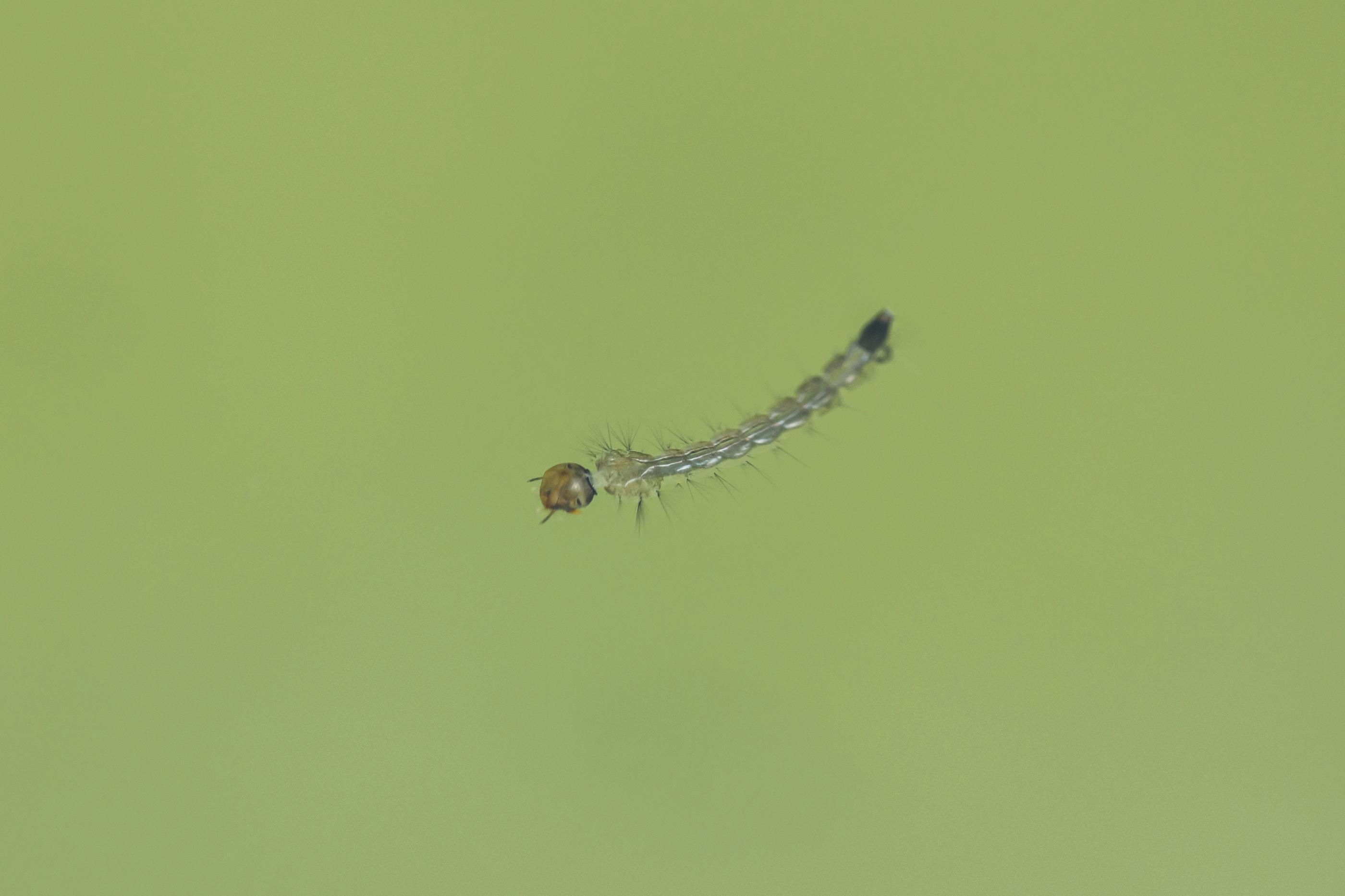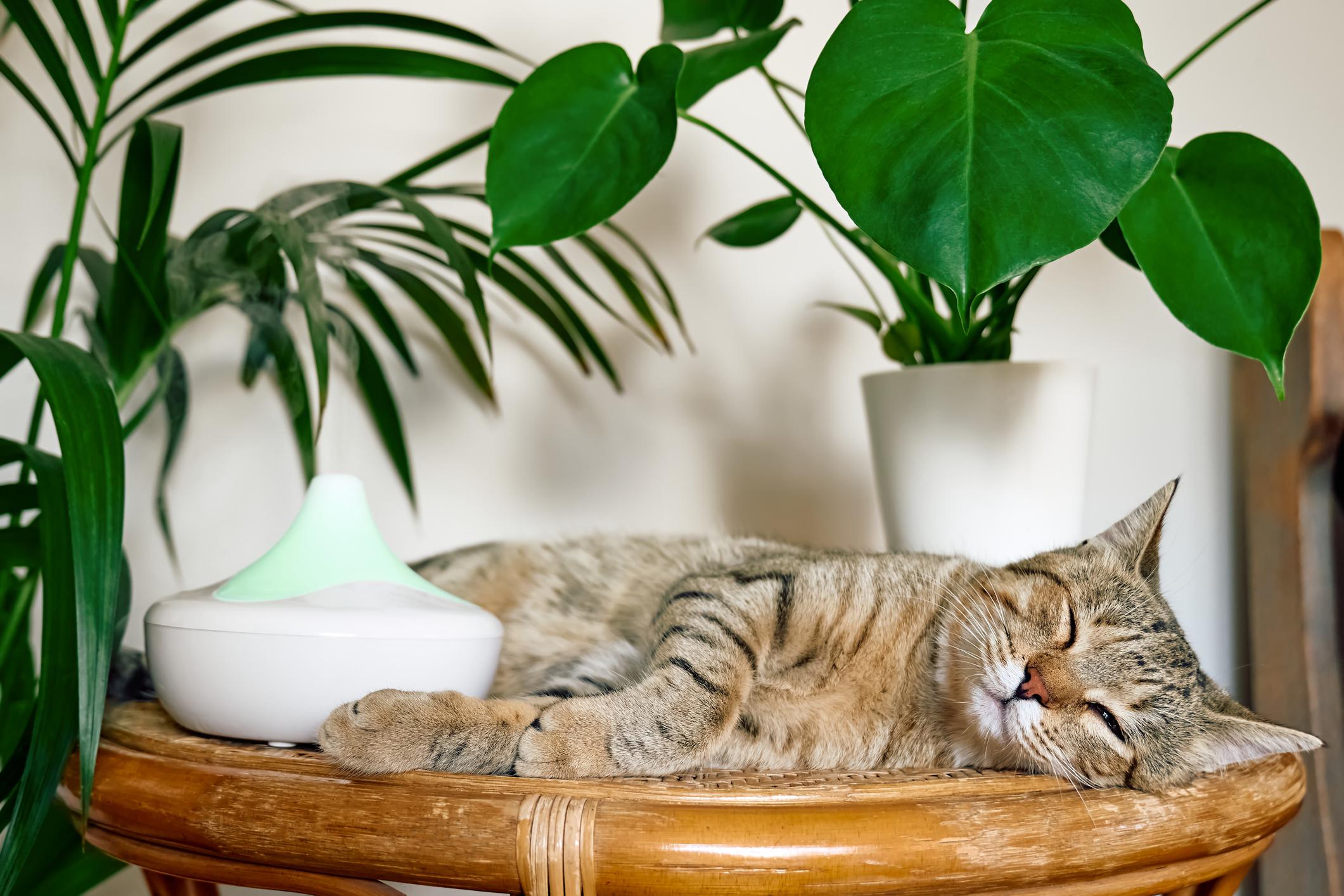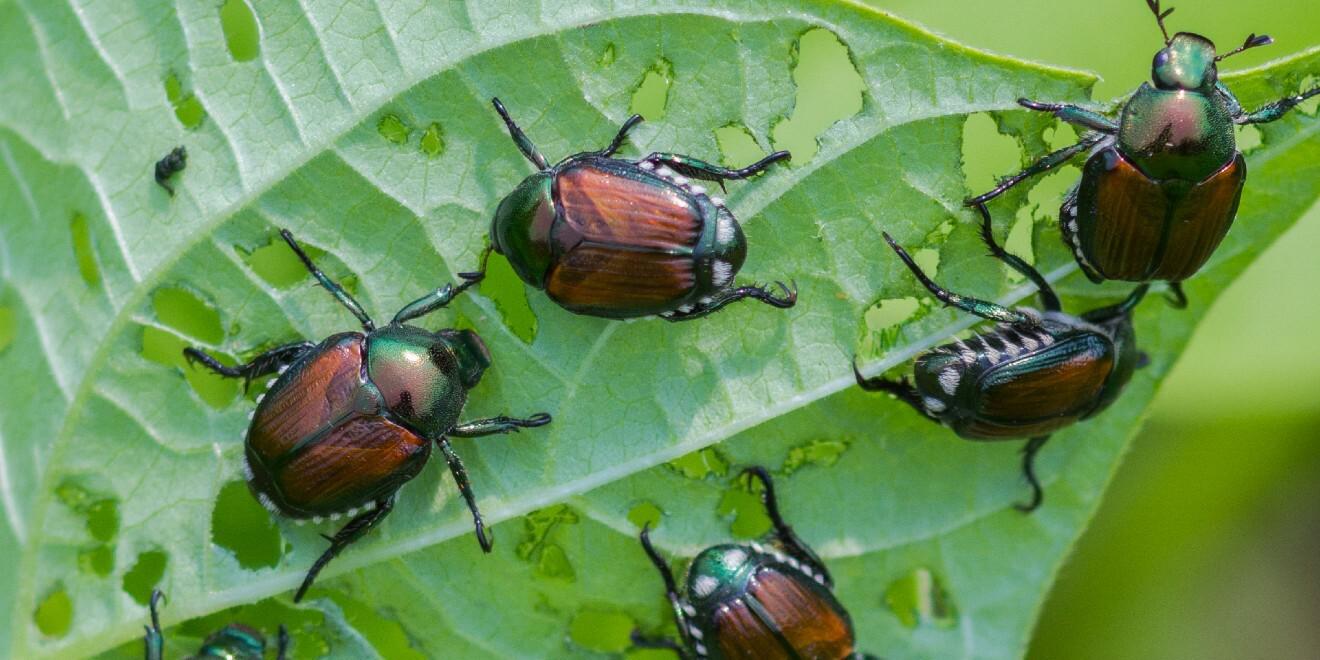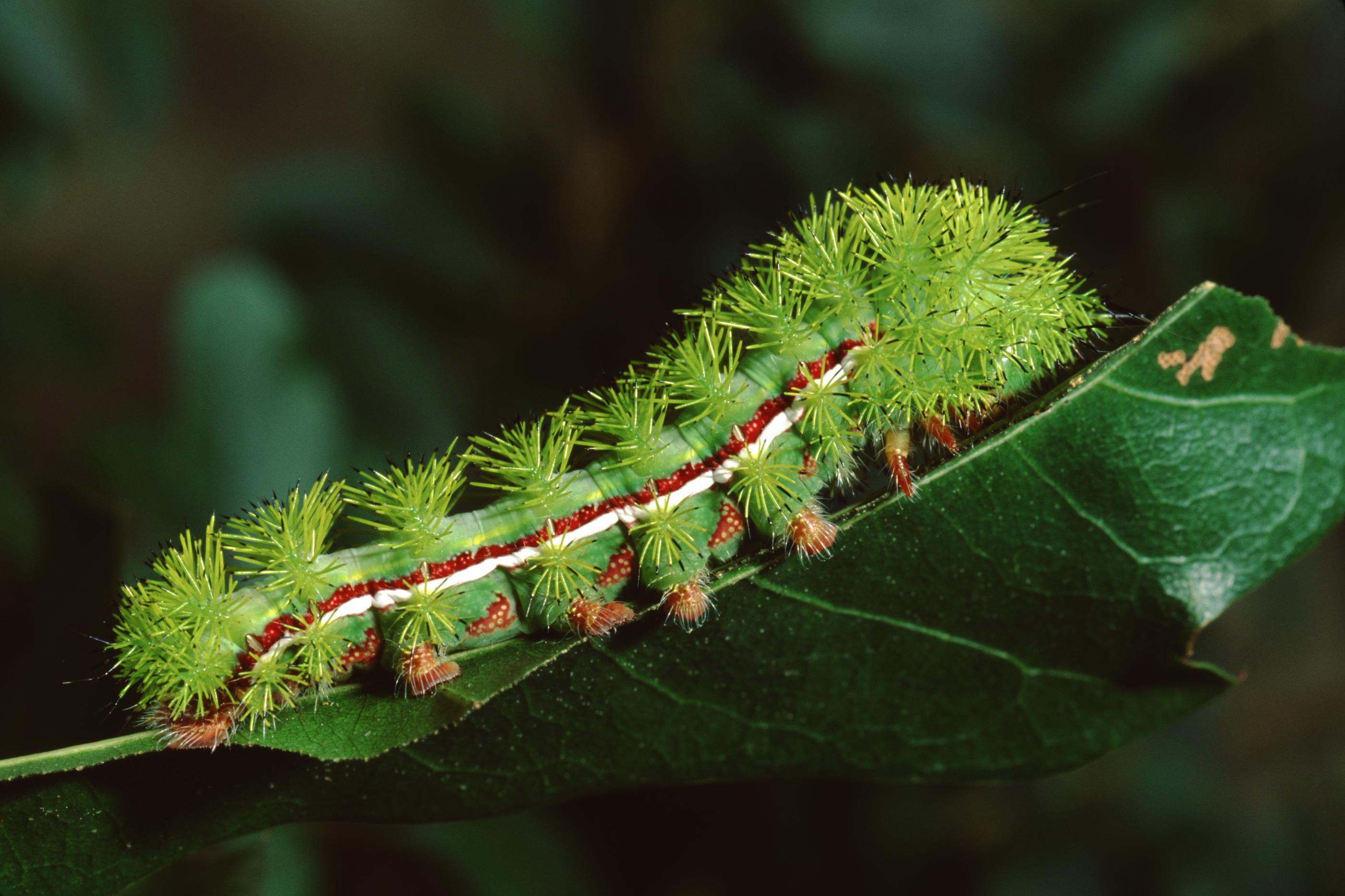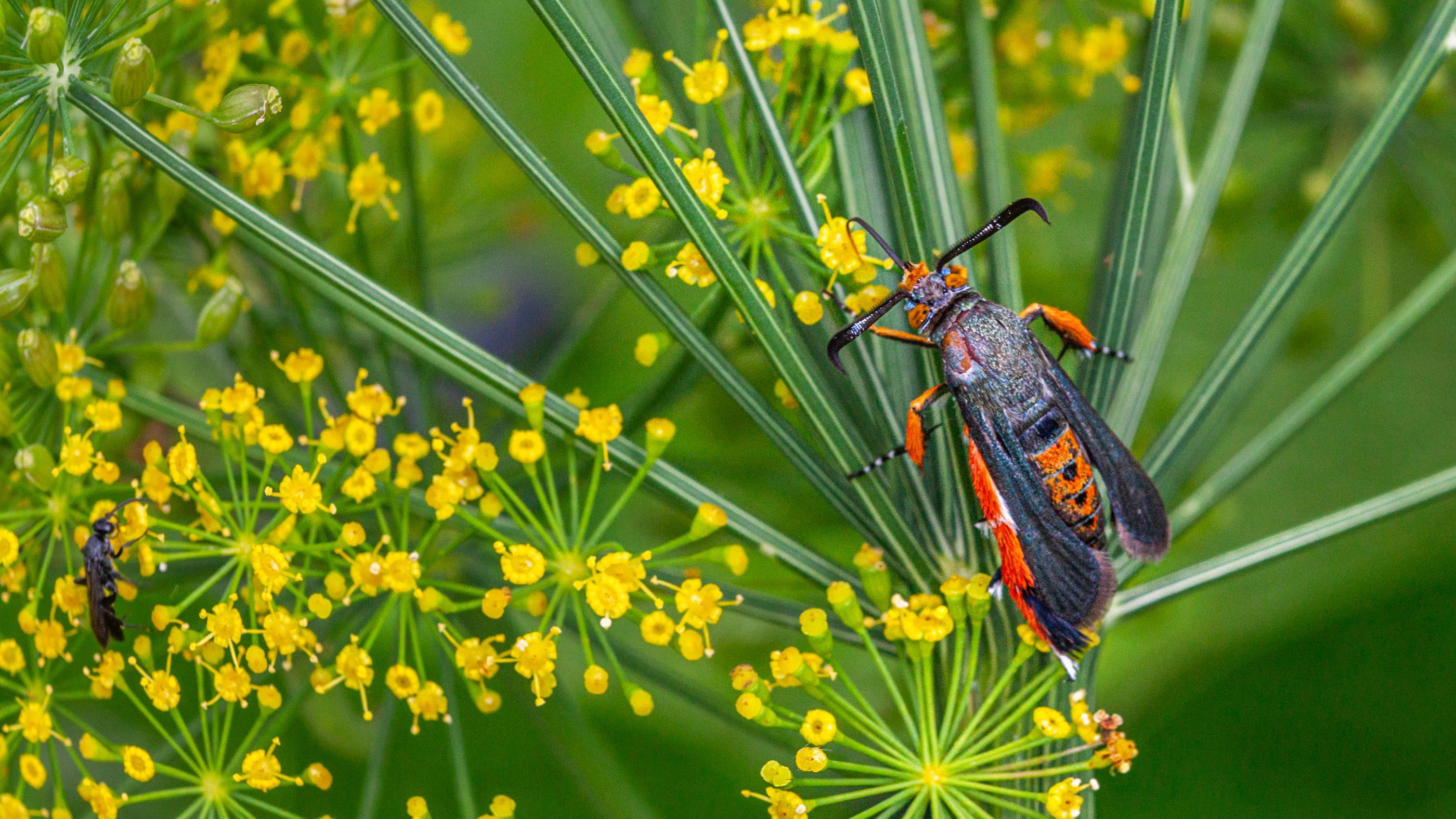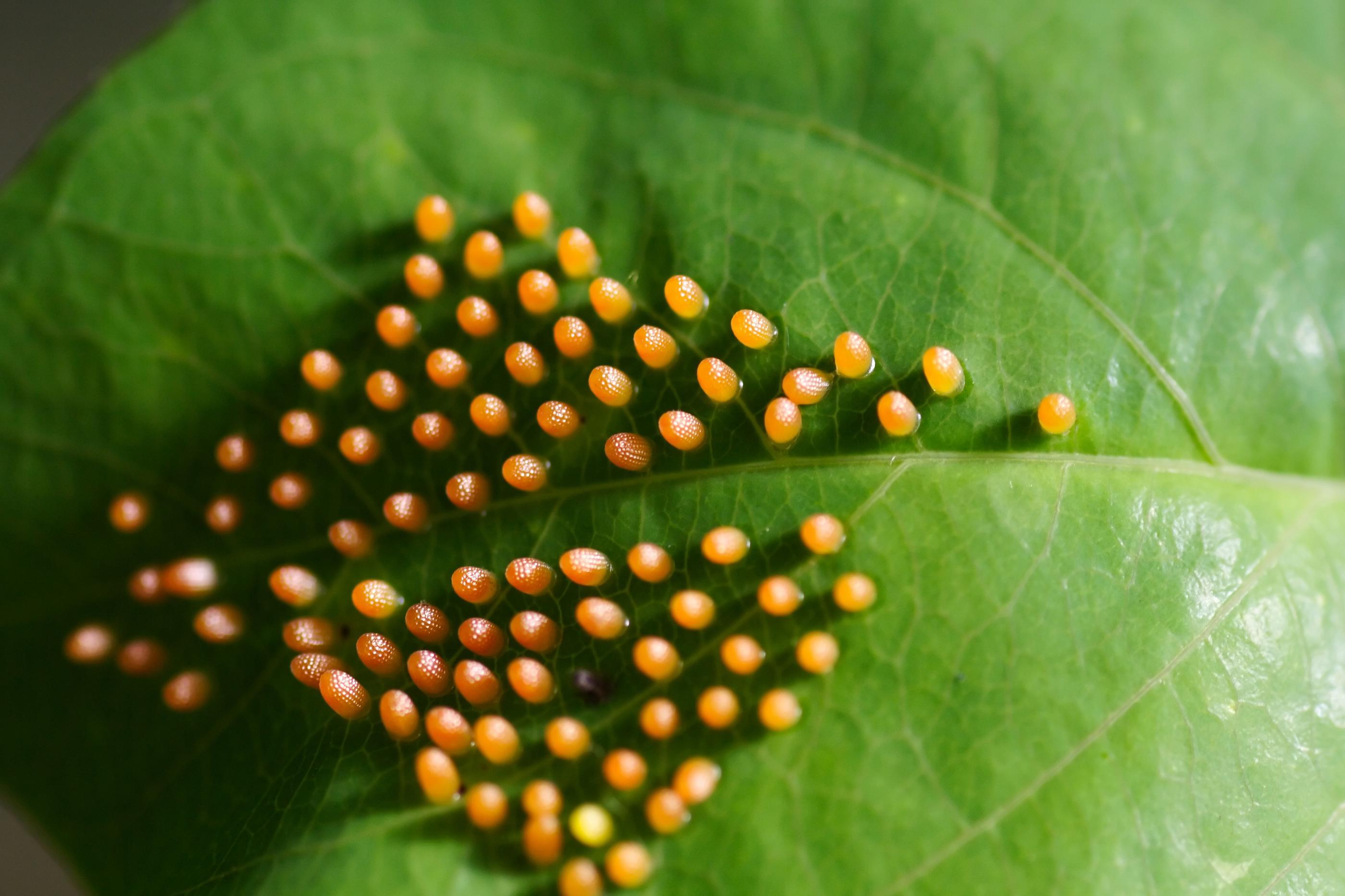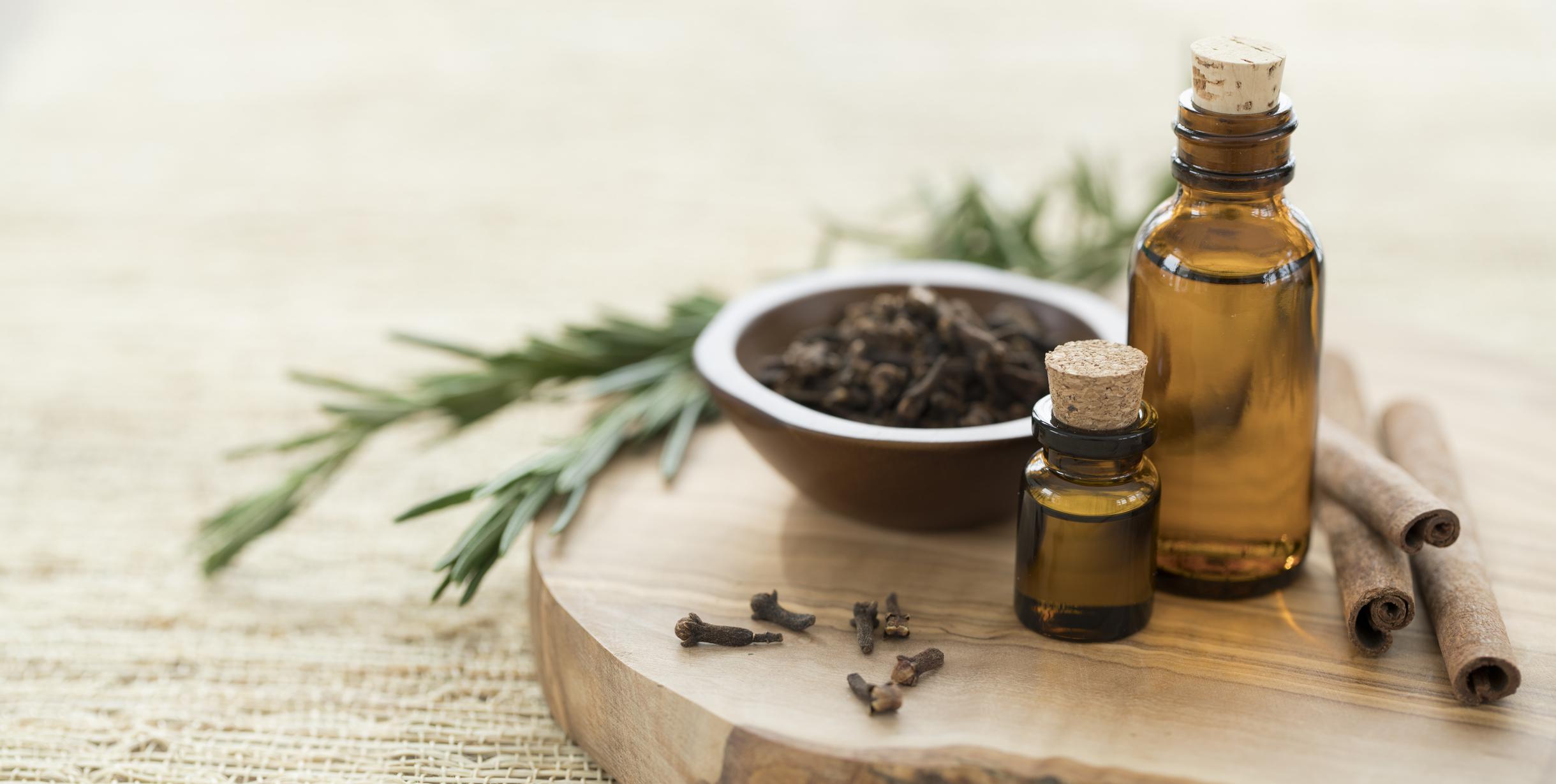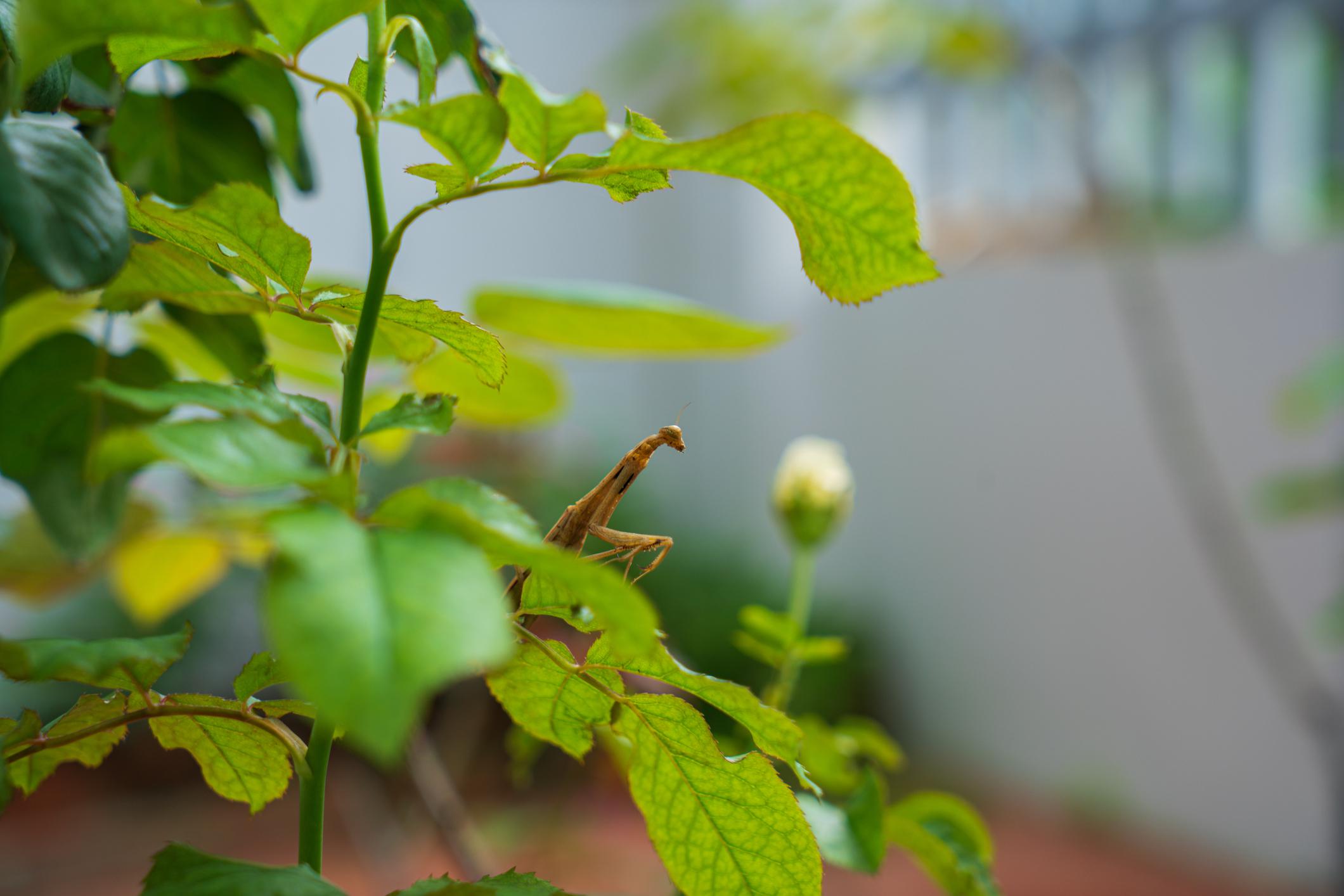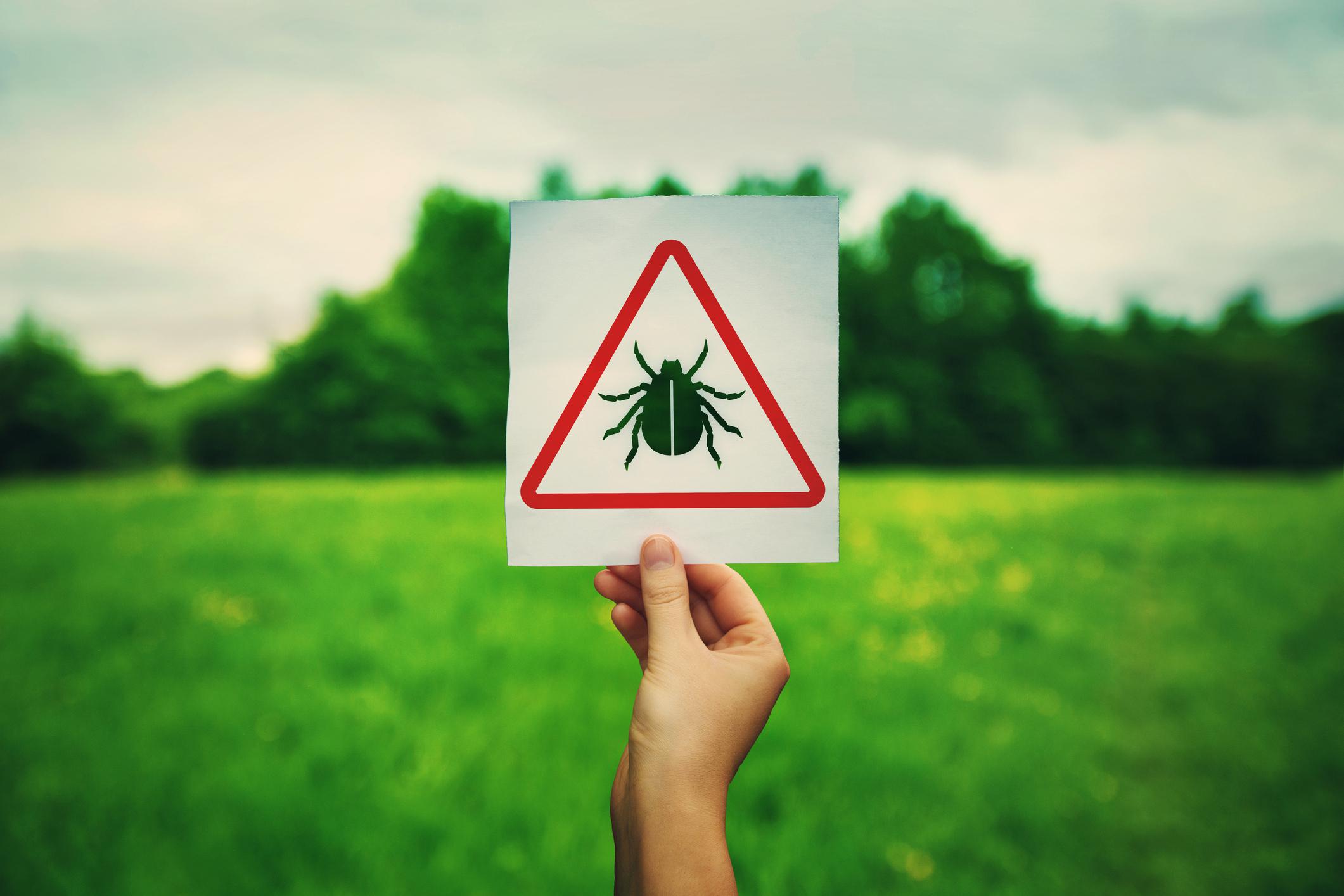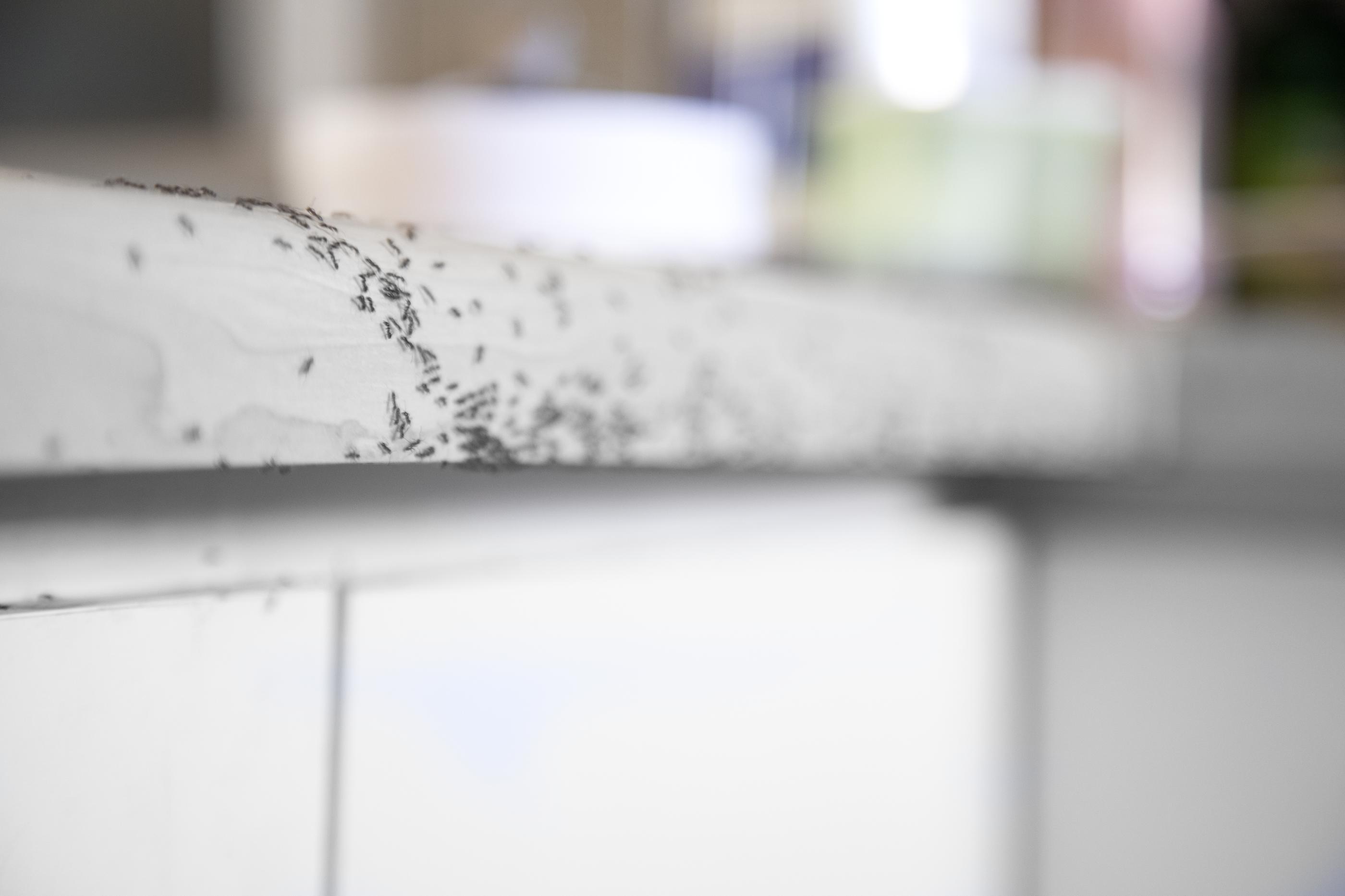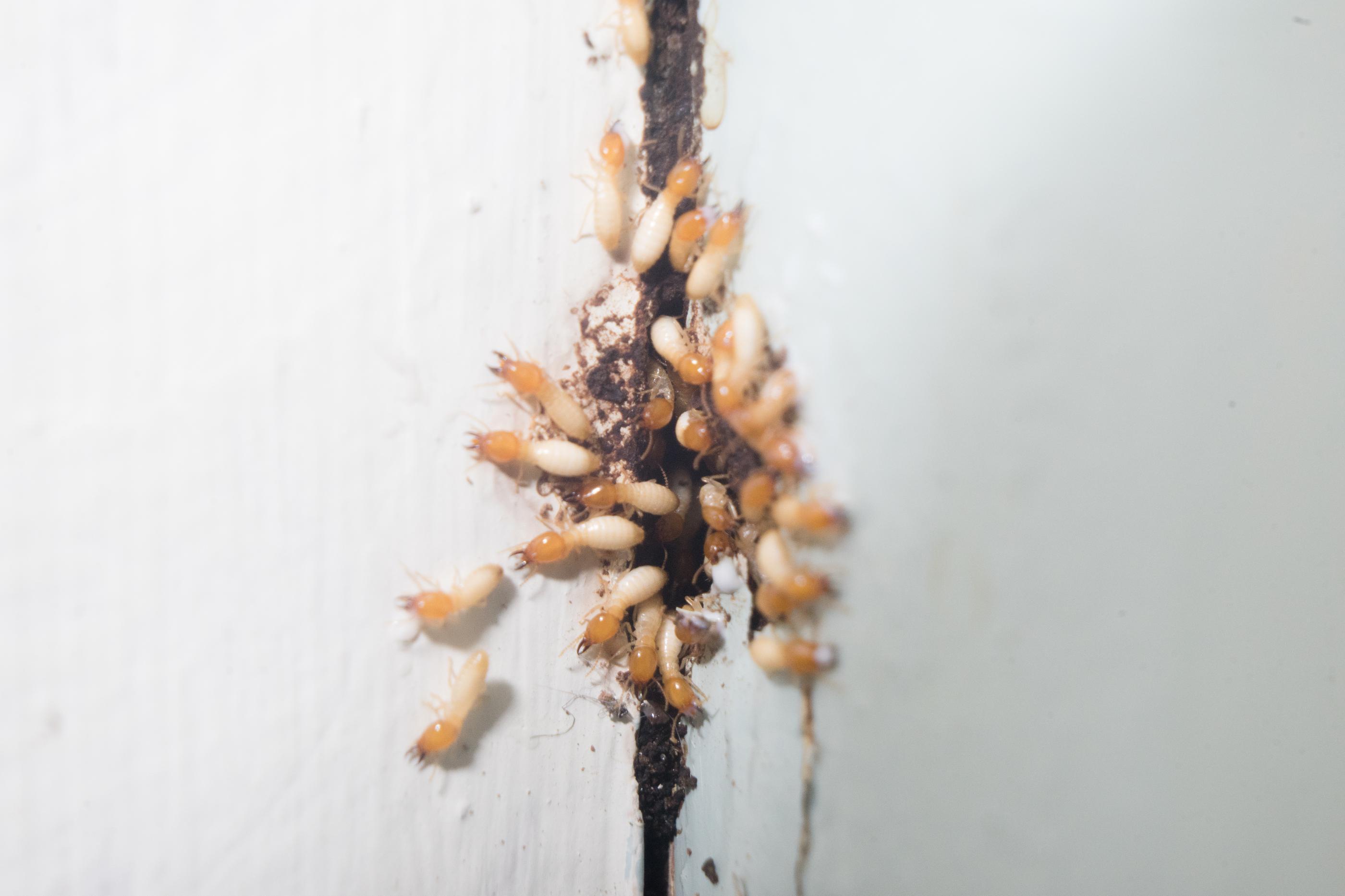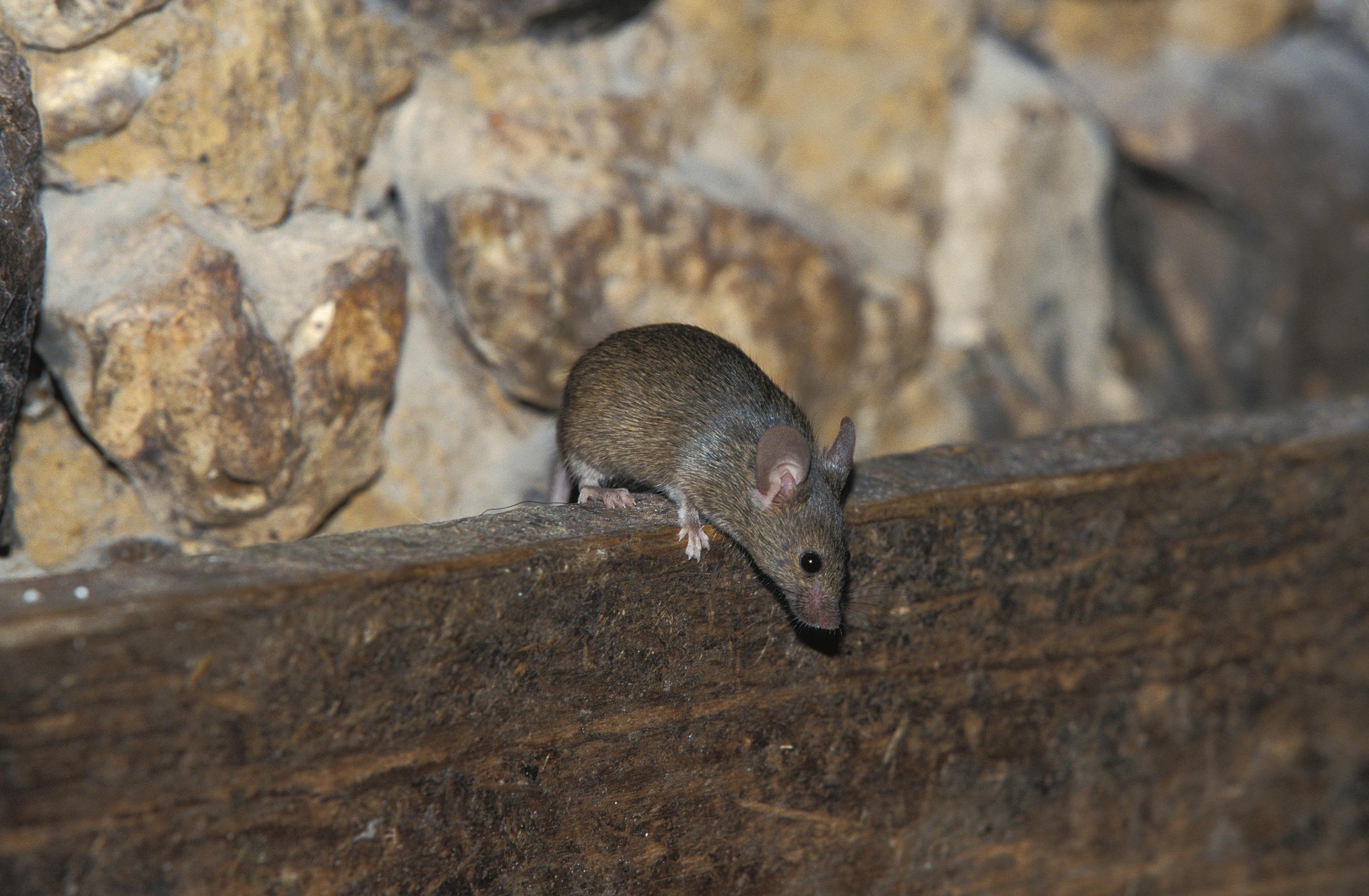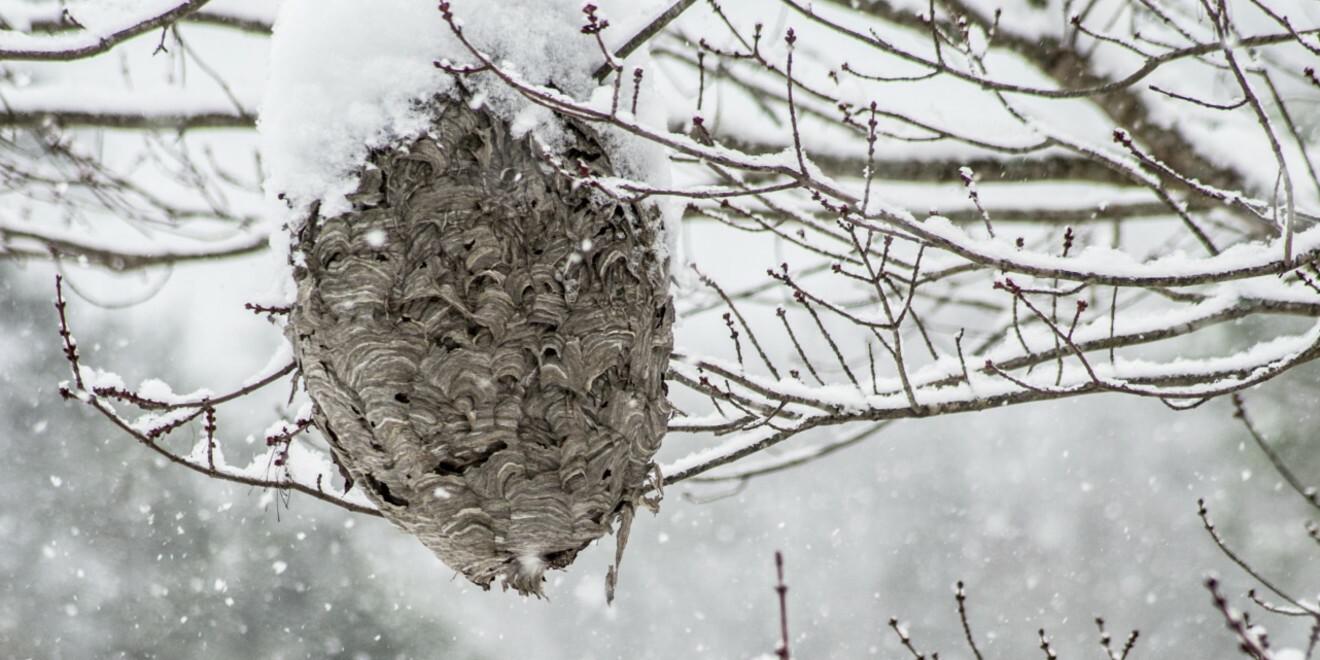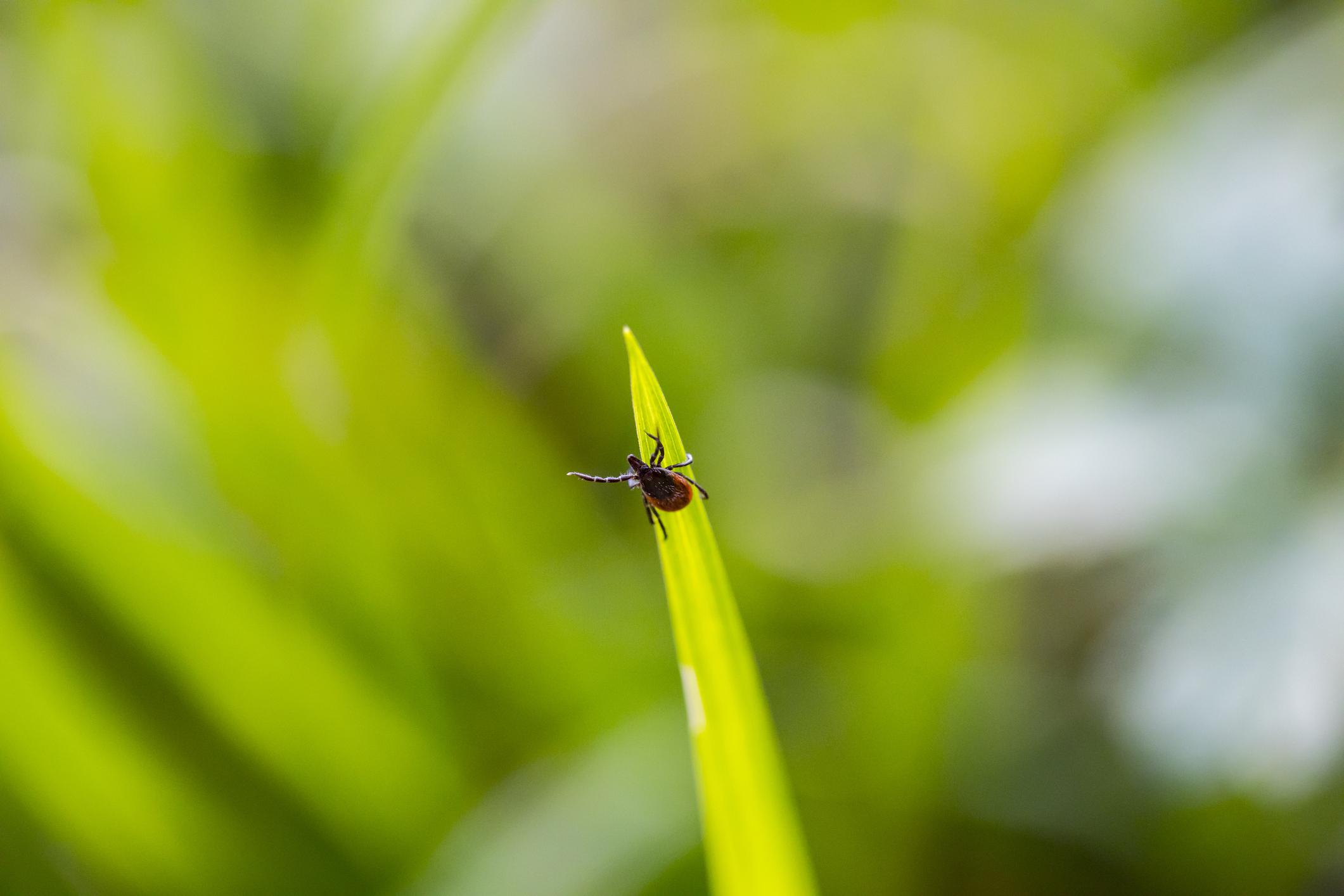WHAT EXACTLY IS A TICK “BLOOD MEAL” AND CAN ALL BLOOD MEALS MAKE YOU SICK?
Posted by Mosquito Squad
September 16, 2014
Ticks take their blood meal from their hosts such as animals, birds and us. When ticks take their blood meal from a host, they may leave their host with debilitating infections. Female ticks will take 3 such blood meals and males will take 2 during their lifetime. Despite the risk of infection and general bad behavior, some of us keep inviting them back year after year.
Ticks have 4 distinct life stages. Those stages are egg, larvae, nymph and adult. The female tick needs a blood meal in the last three stages and the male tick needs their blood meals in only the middle two stages. The purpose of the two middle blood meals is for the tick to grow and move into the next stage of development. The female tick needs her last blood meal solely to produce eggs for the next generation of ticks in your yard.
Ticks in the larvae stage do not transmit disease to the first host from which they get their blood meal. This is the stage where larvae will become infected by biting an infected host. Larvae ticks often take their first blood meal from a white-footed mouse, 90% of which are infected with the Lyme Disease bacteria. Other hosts may be birds, rodents, lizards and other small creatures with blood.
In the nymph stage of development, ticks are in their second year of life and are no larger than a poppy-seed. This is the stage where they are most likely to infect us. Although still small, they are larger than they were as larvae, so they are looking for a host that will provide a sufficient and often larger blood meal. Since many nymphs were infected with the Lyme bacteria as larvae, many will transmit the infection into their host. How do they transmit the disease if they are only taking in blood?
Ticks are looking for the protein and other nutrients in our blood. They want all the nutrition they can obtain. Since much of our blood is made up of water, ticks filter the water out by vomiting it back into our blood stream. This regurgitation is what causes the tick to infect us with Lyme and other dangerous bacterial infections.
Ticks often take blood meals from several hosts during a stage, especially the nymph stage where the most physical growth occurs in the tick. The amount of blood for a meal can be up to ¼ ounce. It doesn’t seem like much blood but remember how much blood needs to be “processed” and water regurgitated to obtain it. The process may take several days before a tick has a sufficient blood meal. At the end of the meal, the tick will be several times larger than when they started.
What are some of the ways to make your yard less tick friendly and a place where ticks will take fewer blood meals? Keep leaf litter out of your yard. Maintain a sun-drenched 3-foot area around your yard if you live near a wooded area and not using a perimeter mist and tick tube program to eliminate ticks are some of the tips entomologists recommend to stay safe. We would like to discuss these and other tips with you in a free consultation. A fall tick tube program and fall perimeter mist is the way to start eliminating ticks for next spring. Mosquito Squad of Leominster offers both an effective tick tube program and perimeter mist to its customers.
Now is the time of year that adult ticks are breeding. Female ticks are now getting their last blood meal before laying eggs in late November and December to begin next spring’s tick population in your yard. Preventing these eggs from being laid is a big step in eliminating the number of ticks in your yard next spring, summer and fall.

